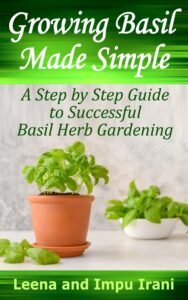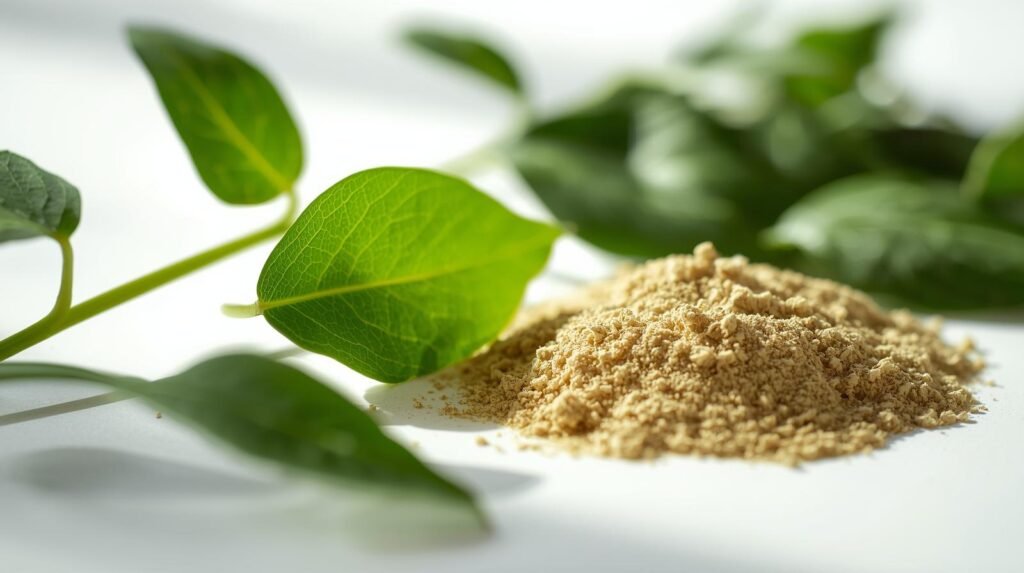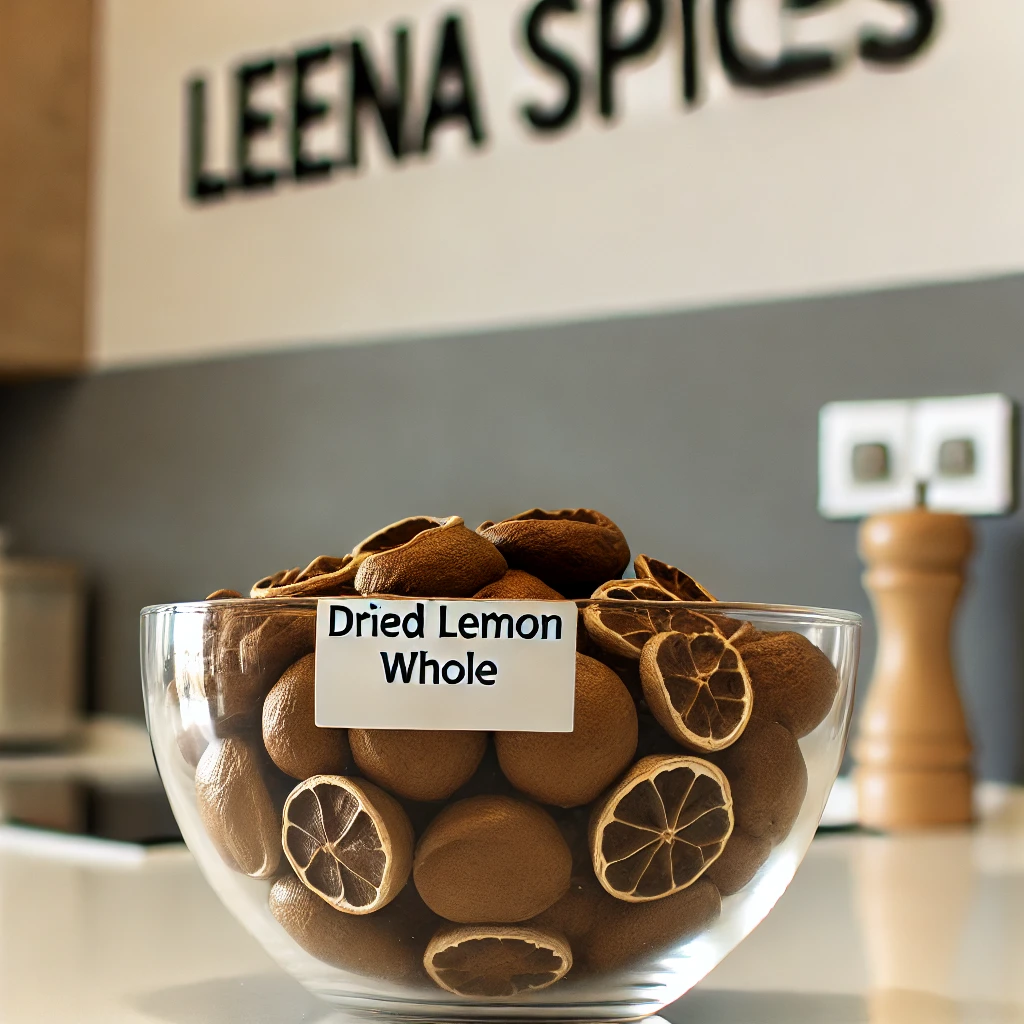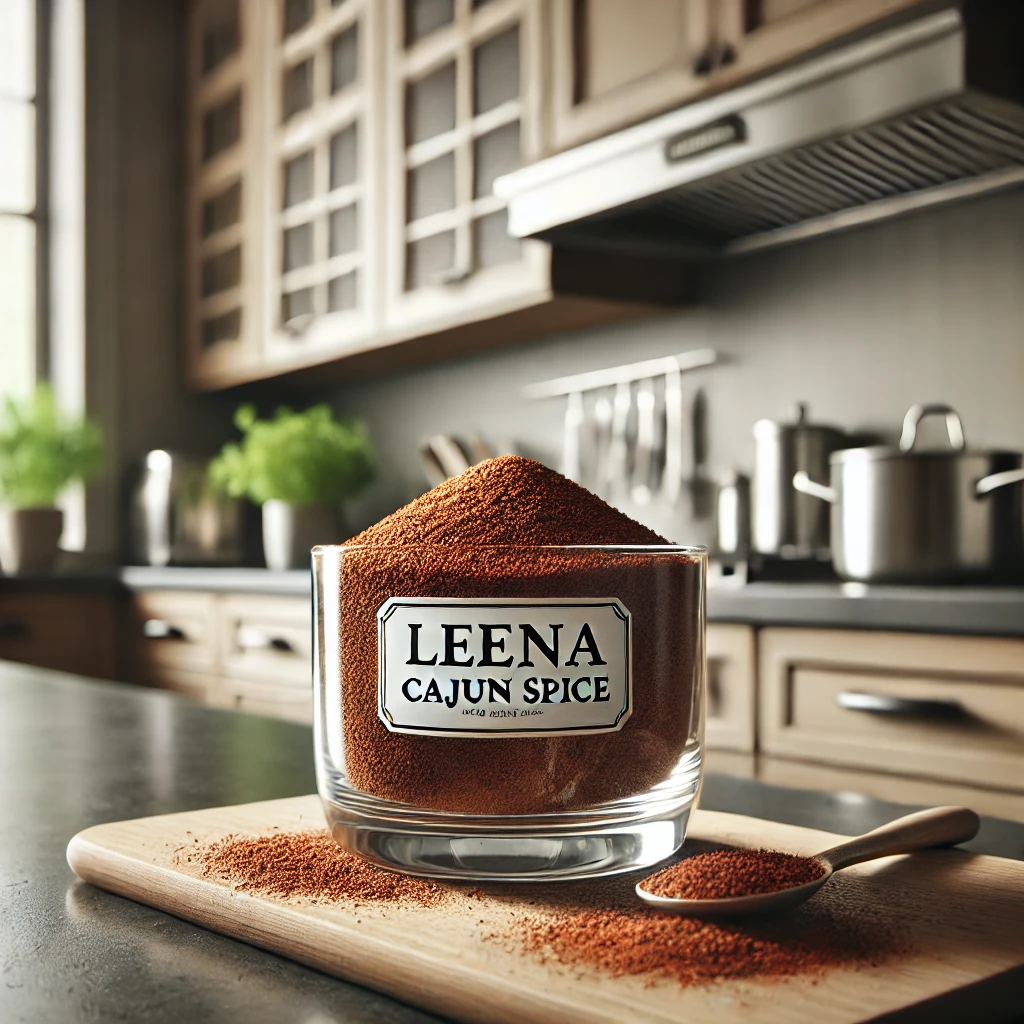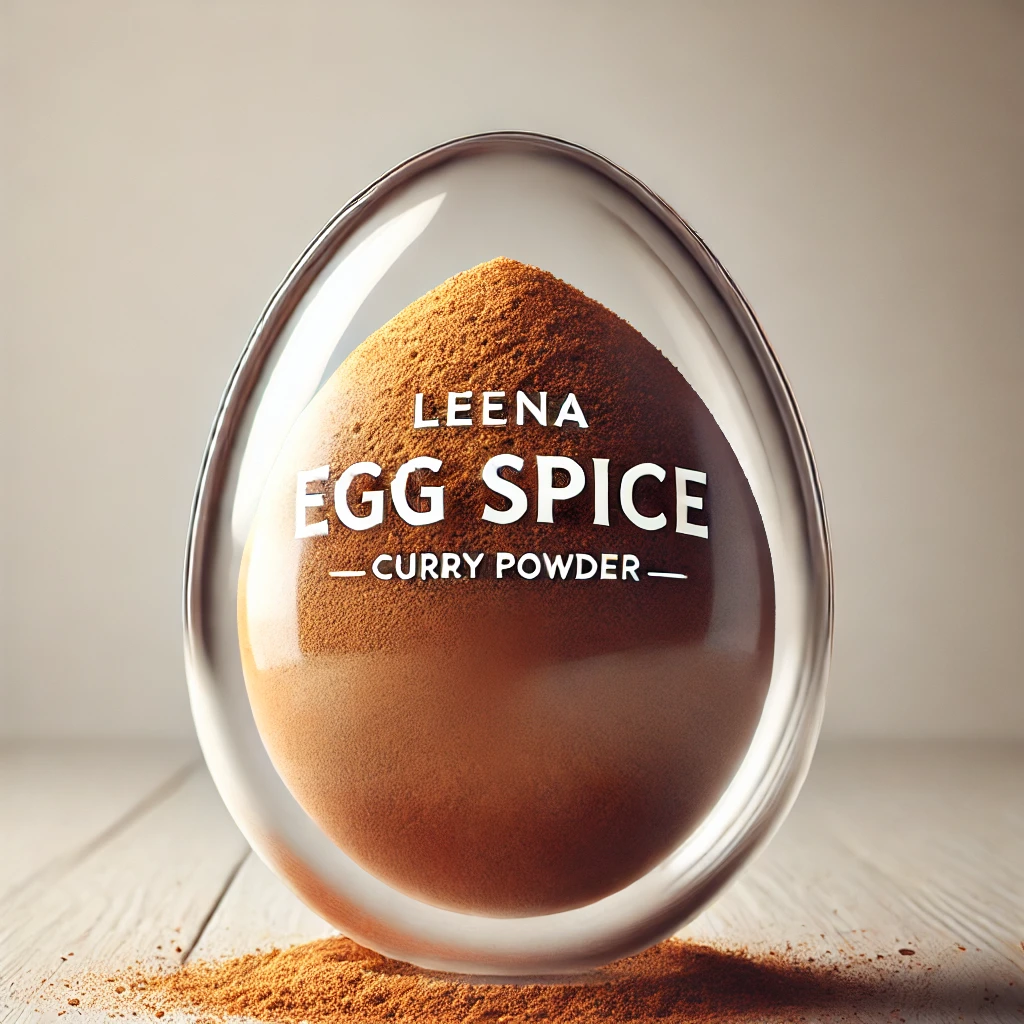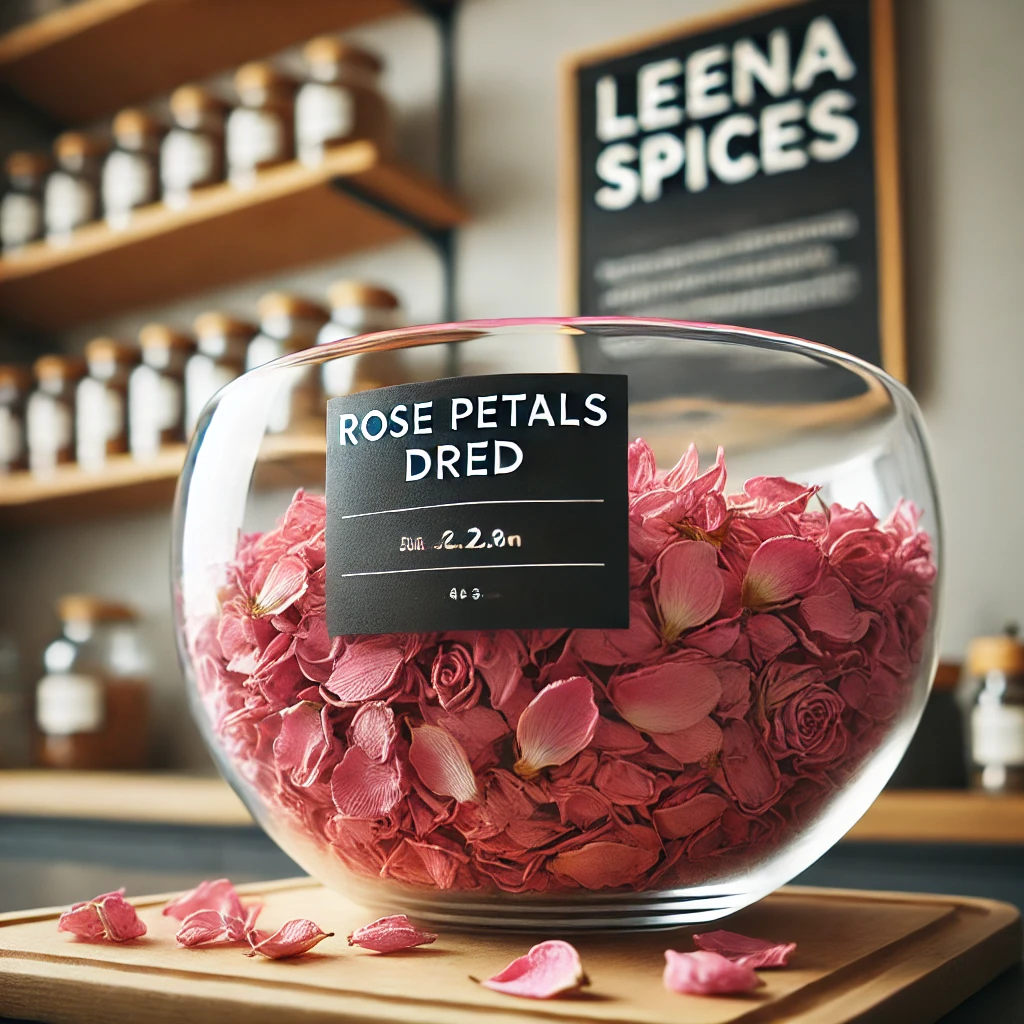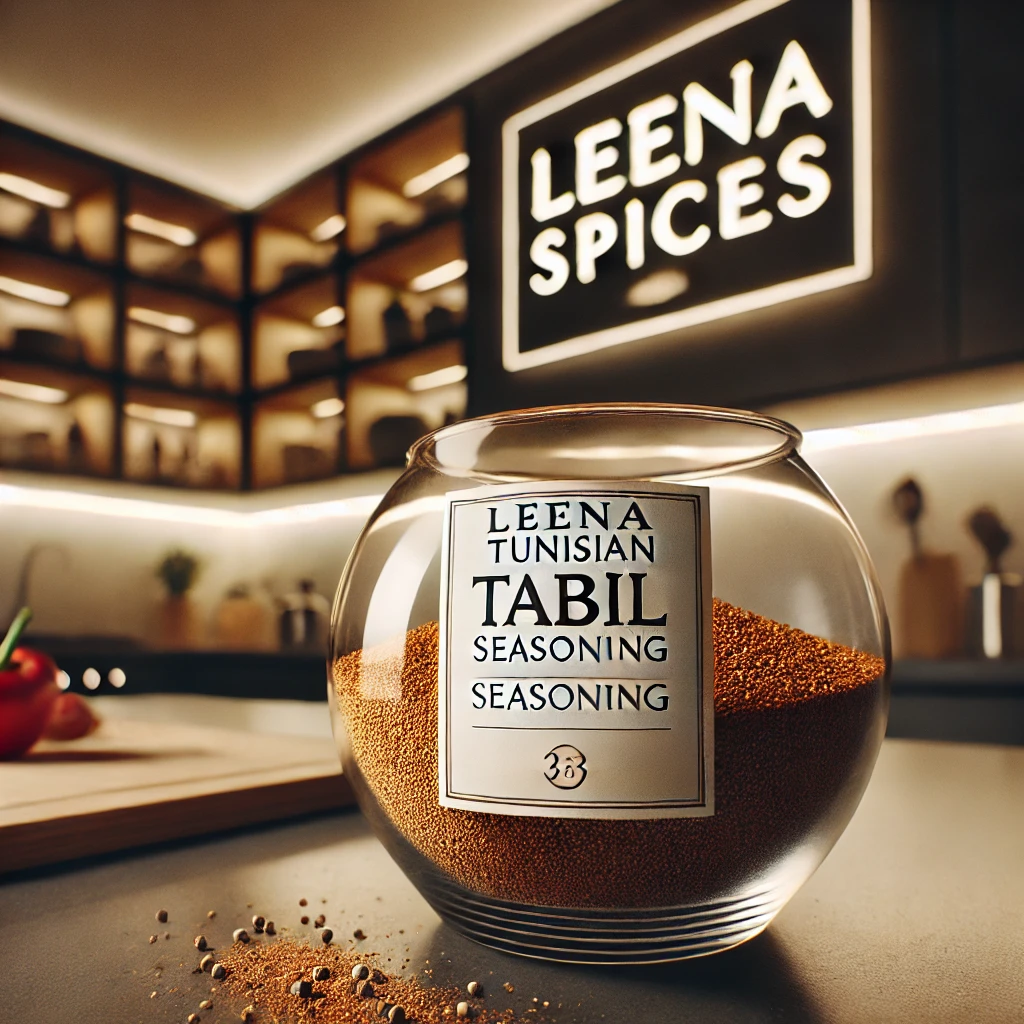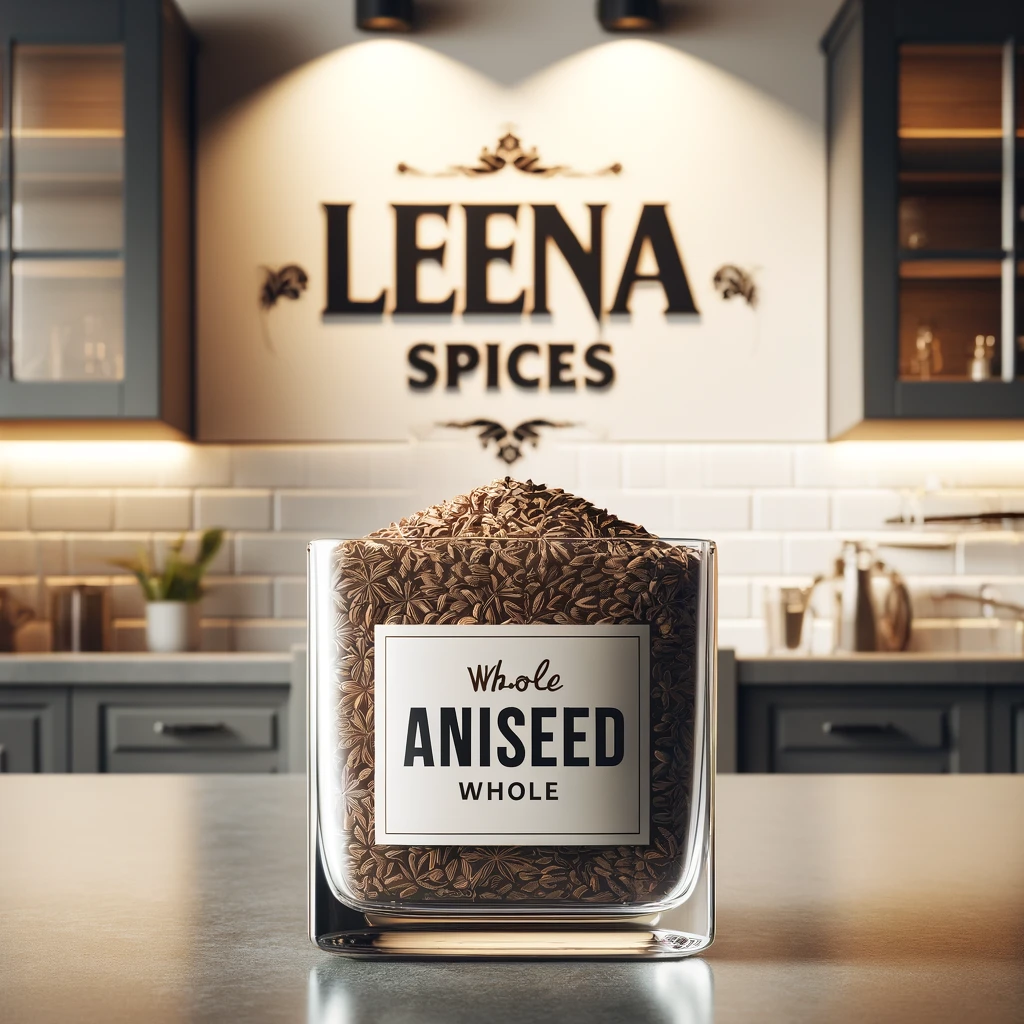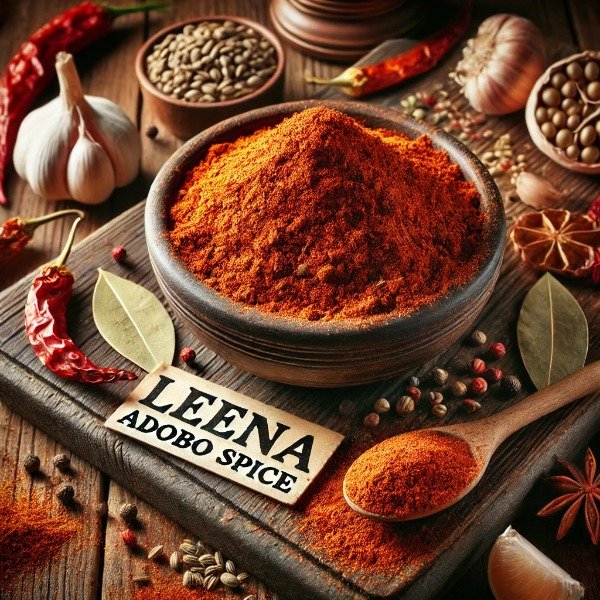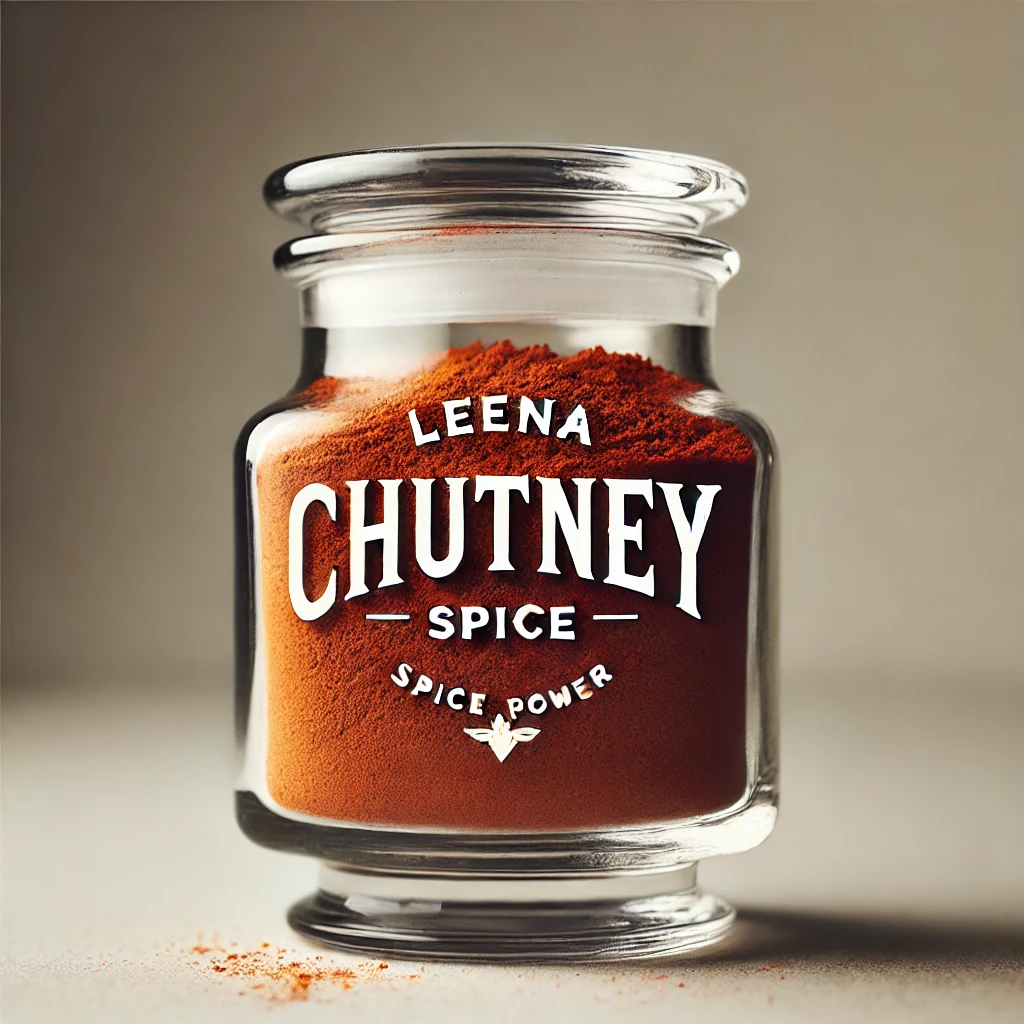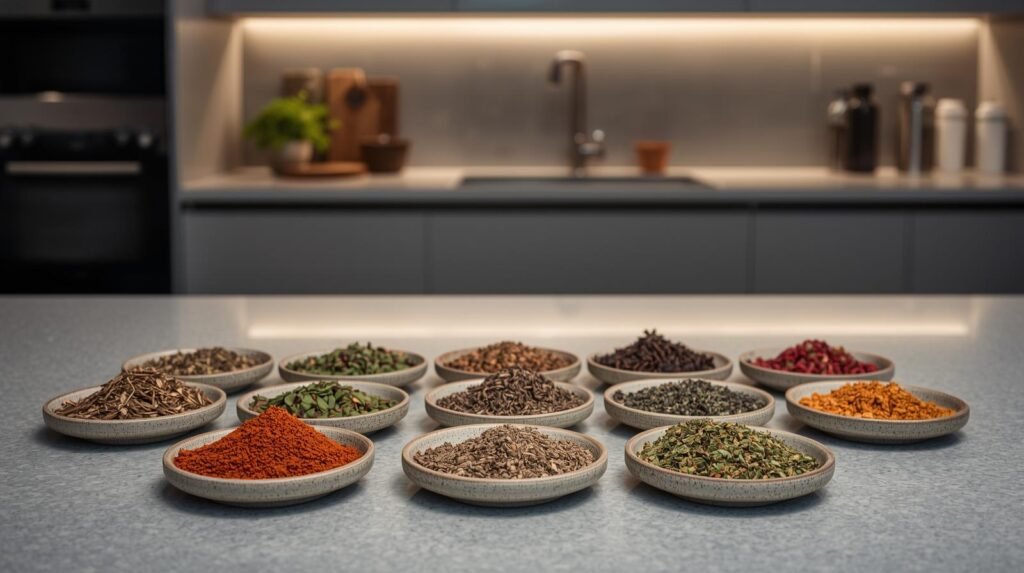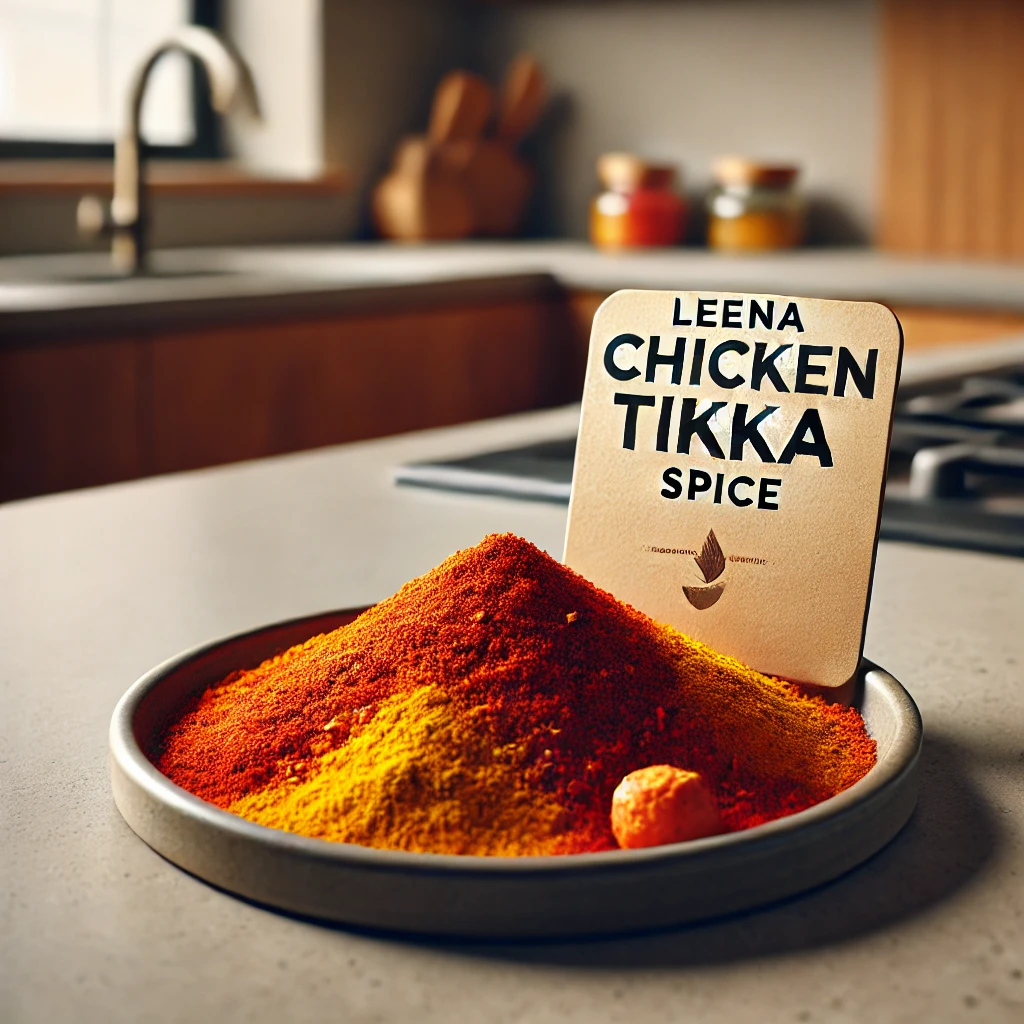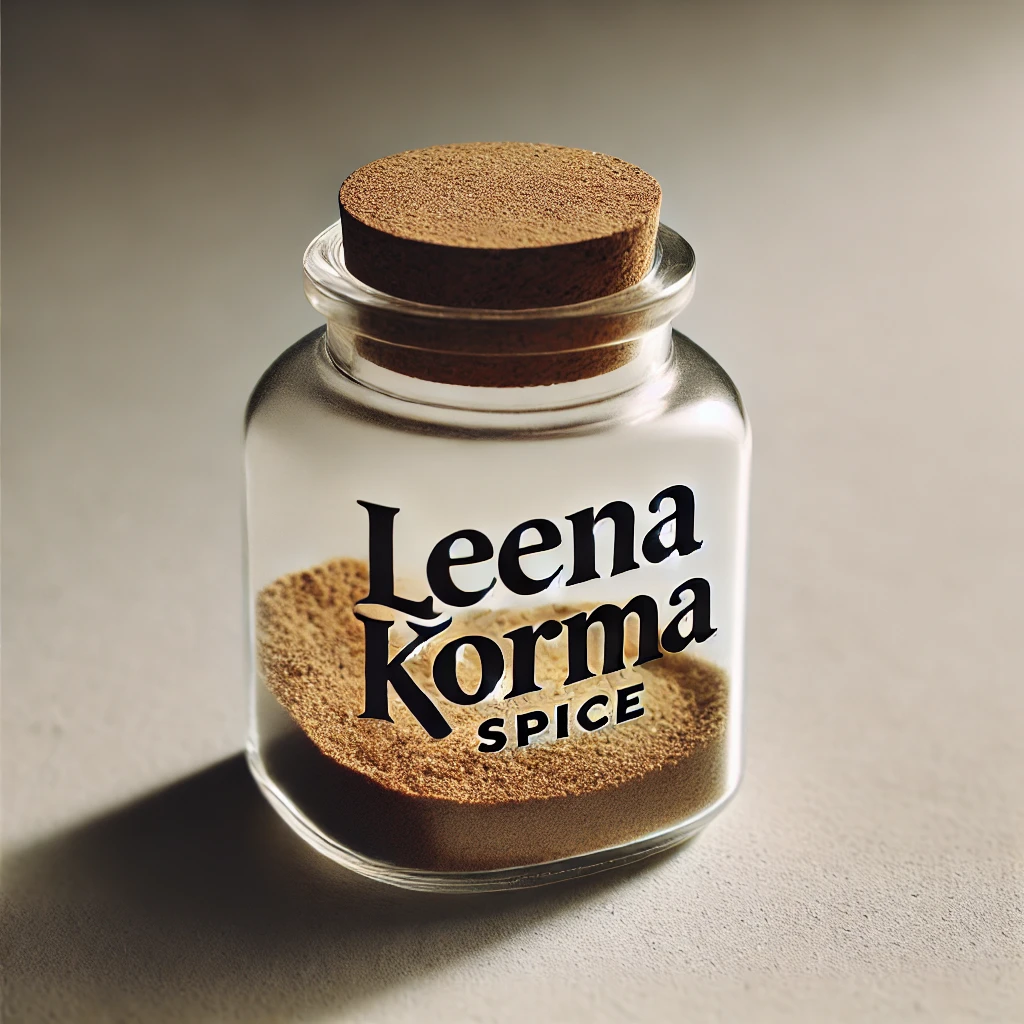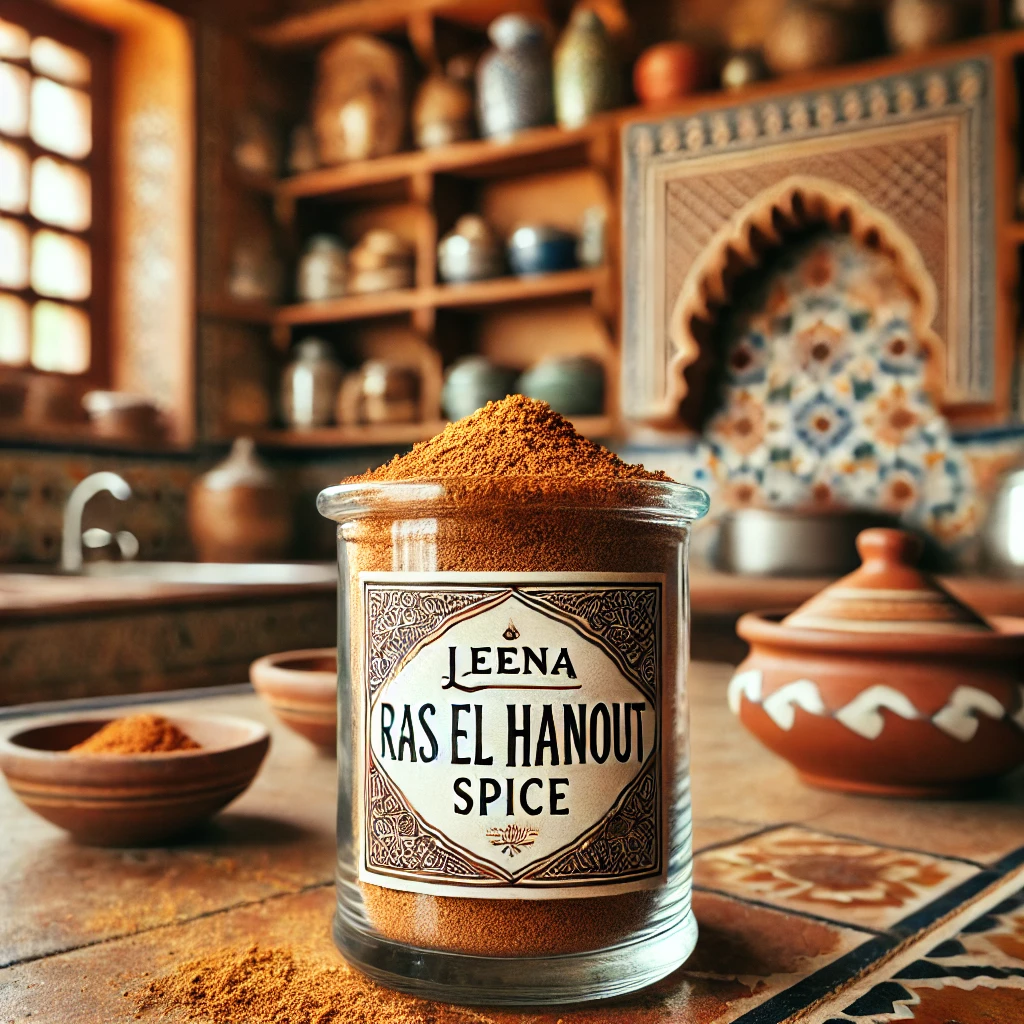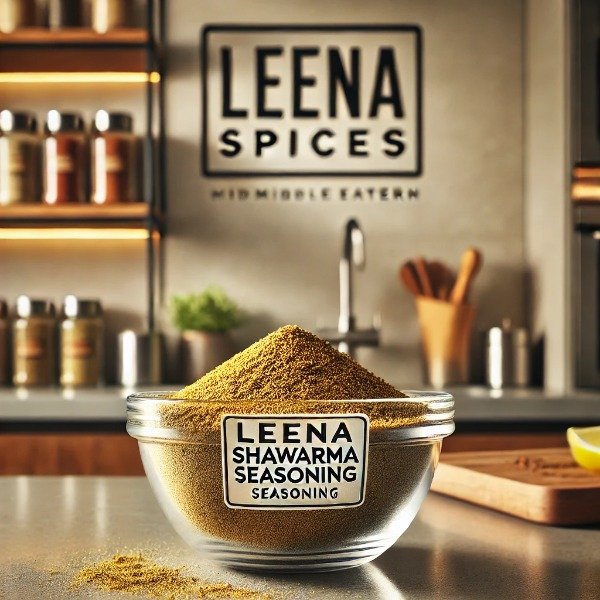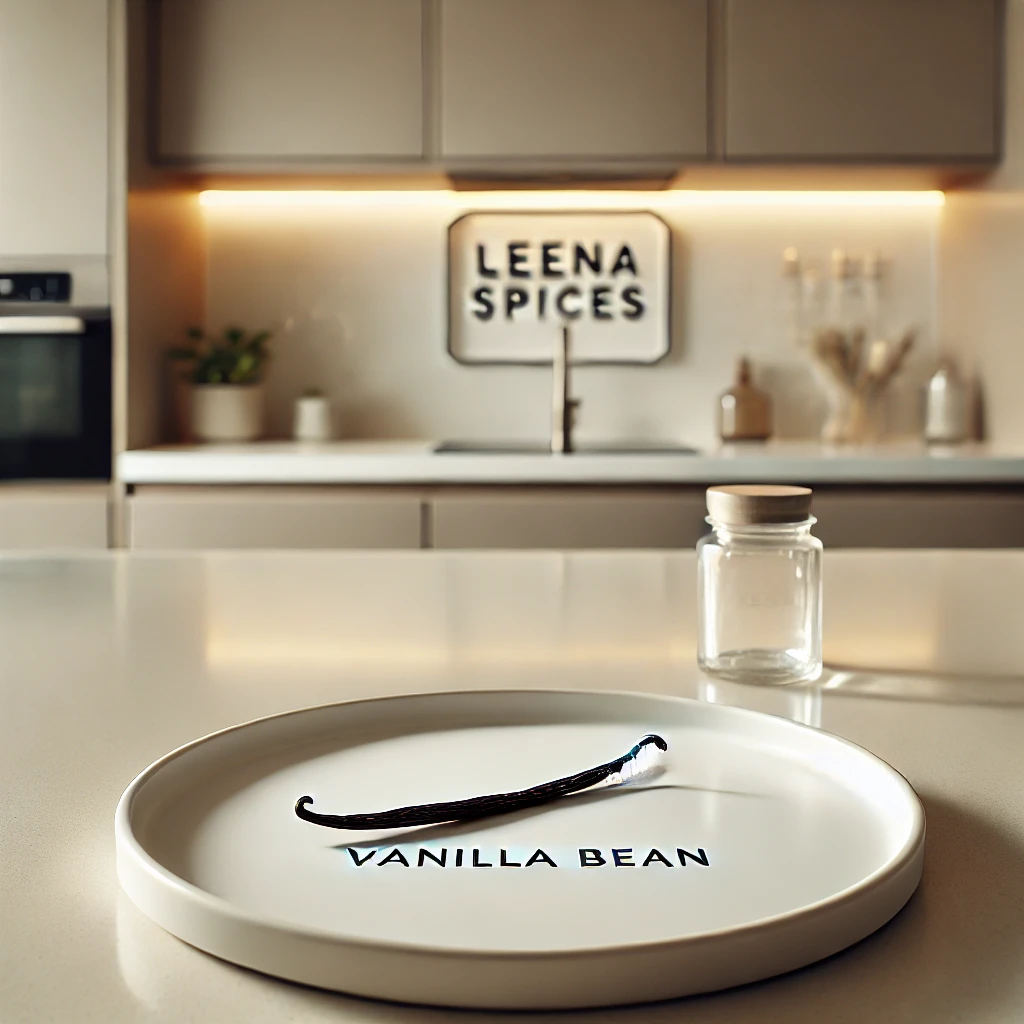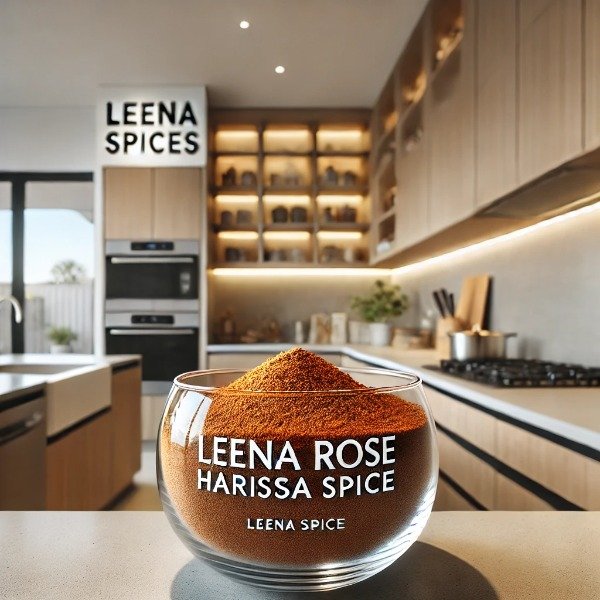7 Essential Dried Kawakawa Tips: Benefits, Storage & Recipes from New Zealand’s Native Herb
Table of Contents
- Key Takeaways: Quick Reference Guide
- What is Kawakawa?
- Flavor Profile: What Dried Kawakawa Tastes Like
- How to Dry Kawakawa Leaves for Cooking
- Storing Dried Kawakawa: Tips for Maximum Shelf Life
- Health Benefits of Kawakawa
- Using Dried Kawakawa in Cooking
- Easy Recipes with Dried Kawakawa
- FAQs: Frequently Asked Questions About Kawakawa
- Conclusion: Bringing Kawakawa Into Your Kitchen
Key Takeaways: Quick Guide to Dried Kawakawa
What is Kawakawa?
Kawakawa (Piper excelsum) is a native New Zealand plant with heart-shaped leaves, known for its peppery-herbal flavor and traditional use in Māori medicine.
What does dried Kawakawa taste like?
It has a peppery, slightly earthy, and aromatic taste with hints of basil, spearmint, and mild warming spice. Dried leaves may create a gentle numbing sensation on the tongue.
How do I dry Kawakawa leaves for cooking?
Wash and pat leaves dry, then air-dry in a well-ventilated, shaded area or use a dehydrator at low heat (35–46°C) until crisp.
How should dried Kawakawa be stored?
Keep whole leaves in an airtight, light-proof container in a cool, dry place. Avoid heat, moisture, and sunlight to maintain flavor and potency for up to 12–18 months.
What are the health benefits?
Kawakawa is traditionally used for digestive support, mild pain relief, anti-inflammatory effects, improved circulation, urinary health, and skin healing. It also contains antioxidants and compounds that may support metabolism and overall wellness.
How can I use dried Kawakawa in cooking?
Use it in teas, infusions, savory dishes, spice blends, marinades, oils, butter, baked goods, and desserts. Start with small amounts due to its potent flavor.
Who should consult a healthcare professional before using Kawakawa?
Pregnant or breastfeeding individuals, or anyone taking medication, should check with a healthcare professional before using Kawakawa medicinally.
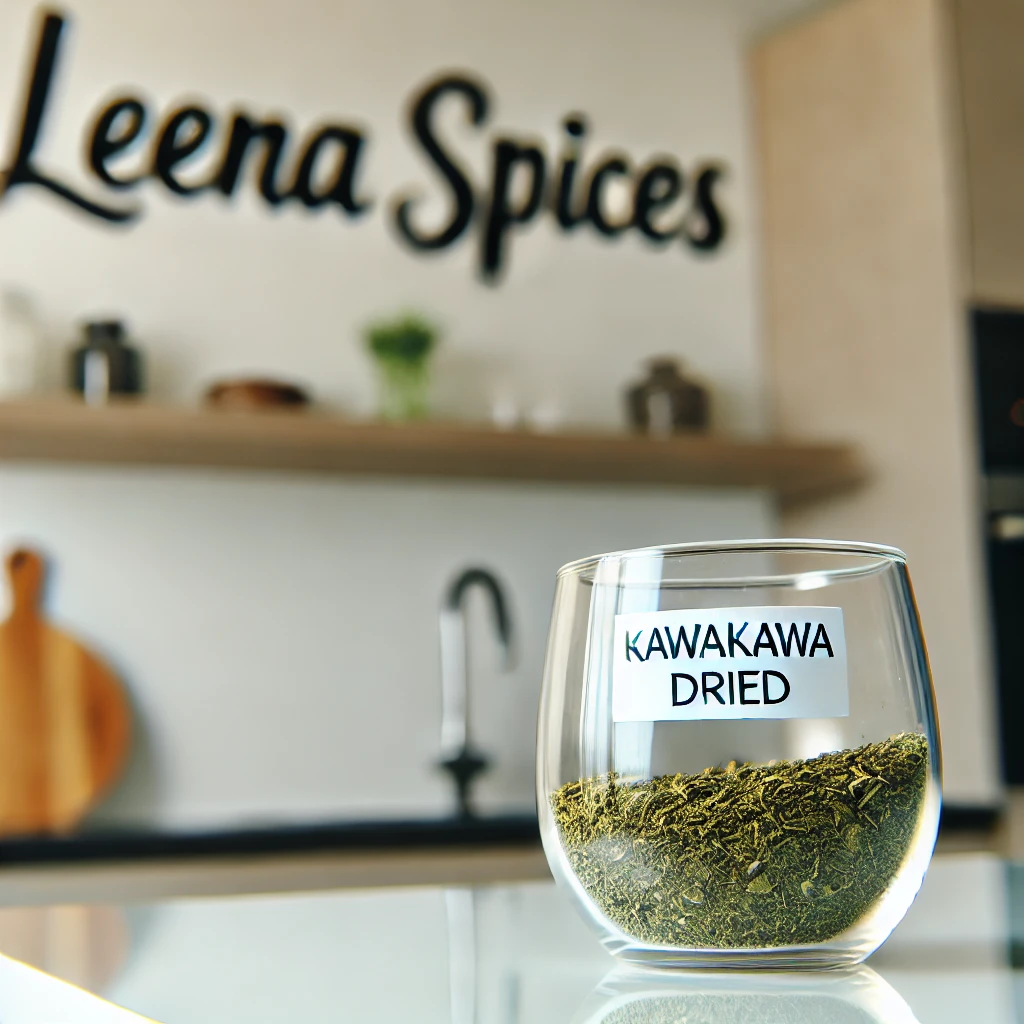
What is Kawakawa?
Kawakawa (Piper excelsum), sometimes known as New Zealand pepper tree, is a native evergreen shrub or small tree that holds deep cultural, medicinal, and culinary significance in Aotearoa (New Zealand). Belonging to the pepper family (Piperaceae), Kawakawa is instantly recognizable by its glossy, heart-shaped leaves—often dotted with holes made by the kawakawa looper moth caterpillar, which many Māori regard as a sign of the plant’s potency.
In Māori tradition, Kawakawa is considered a taonga (treasured plant) and has long been central to rongoā Māori (traditional Māori medicine). It has been used for generations to help with a variety of ailments, both as an internal remedy and as a topical treatment.
The plant thrives in the understory of New Zealand’s coastal and lowland forests, preferring moist, semi-shaded environments. It can grow as a shrub or a small tree and produces small spikes of yellowish flowers, followed by bright orange fruit during summer. Interestingly, Kawakawa is dioecious, meaning male and female plants are separate.
Culinary and herbal uses of Kawakawa have grown in popularity in modern times. Its leaves, buds, and fruit can be used fresh or dried. When dried or lightly toasted, the leaves develop a peppery, slightly bitter flavor reminiscent of a mix between black pepper and basil. Kawakawa is now enjoyed in teas, infusions, soups, marinades, spice blends, and seasonings, offering both a unique taste and a connection to New Zealand’s natural heritage.
What Does Dried Kawakawa Taste Like?
Dried Kawakawa has a distinctive peppery bite balanced by fresh, green, and herbaceous notes. Its flavor is often compared to a mix of black pepper, basil, and lemongrass, with subtle undertones of ginger, nutmeg, or even vanilla depending on how it’s dried.
The taste is not overwhelmingly strong but rather warming and aromatic, making it well-suited to both savory and herbal applications. Some people notice a slight tingling or numbing sensation on the tongue, similar to the effect of Sichuan peppercorns, followed by a clean, lingering herbal finish.
When brewed as a tea, dried Kawakawa produces a refreshing, slightly pungent infusion with a mild bitterness, which is sometimes interpreted as “bitter bitter.” In cooking, the dried leaves provide an earthy, peppery depth that enhances soups, marinades, seasonings, and spice blends without overpowering other ingredients.
In short, dried Kawakawa offers a complex yet balanced flavor: peppery, herbal, and gently spicy, with a touch of bitterness that makes it both unique and versatile.
How do you dry kawakawa leaves for cooking?
Drying Kawakawa leaves is a simple process, but doing it correctly helps preserve both their flavor and beneficial properties. Here’s how to do it:
- Harvest
Choose healthy, mature leaves that are free from damage or disease. Early morning, after the dew has evaporated, is the best time to pick. - Clean
Rinse the leaves gently under cool running water to remove dust or insects. Pat them completely dry with a clean cloth or paper towel as moisture can cause mold during drying. - Drying Methods
- Air Drying (Traditional Method):
Spread the leaves in a single layer on a mesh rack, tray, or clean paper in a warm, dry, and well-ventilated space. Keep them out of direct sunlight to prevent loss of flavor and color. Depending on humidity, this can take 1–2 weeks. - Dehydrator (Best for Even Results):
Set the dehydrator to a low temperature, around 40–45°C (104–113°F). Dry for 4–6 hours, or until the leaves are crisp and crumble easily. - Oven Drying (Quick Method):
Place the leaves on a baking tray at the oven’s lowest setting, ideally around 50°C (120°F). Leave the door slightly open to allow moisture to escape. Check every 30 minutes until dry. - Microwave (Emergency Option):
Sandwich the leaves between paper towels and microwave on HIGH for 30–40 seconds. This works quickly but may reduce flavor compared to slower methods.
How Long Does Dried Kawakawa Last?
Like most dried herbs, Kawakawa doesn’t usually “go bad” in a way that makes it unsafe, but it does lose its potency over time. The key is proper storage.
When kept in an airtight container and stored in a cool, dry, dark place—away from heat, moisture, and sunlight—dried Kawakawa will retain its best flavor and properties for about 6 to 12 months. Some well-stored batches may remain usable for up to 2 years, though the peppery aroma and medicinal strength will gradually fade.
For the freshest taste and benefits, it’s best to use dried Kawakawa within the first year of storage.
How do I store dried kawakawa to maximize shelf life?
The freshness and potency of dried Kawakawa depend on how well it’s stored. Several key factors influence its longevity:
- Air Exposure – When exposed to oxygen, Kawakawa’s essential oils slowly break down, leading to a loss of both flavor and medicinal strength. Always keep the leaves in an airtight container with a secure lid.
- Light – Direct sunlight causes the leaves to fade in color and reduces their active compounds. For best results, store Kawakawa in a dark cupboard or use opaque or amber glass jars.
- Heat – High temperatures accelerate the loss of volatile oils, which are responsible for Kawakawa’s peppery aroma and benefits. Store the dried leaves in a cool, dry place, away from ovens or stoves.
- Moisture – Even small amounts of moisture can cause clumping, mold, or spoilage. Make sure the leaves are completely dry and brittle before sealing them in storage.
- Label and Track – Mark each jar with the drying date. This makes it easy to monitor freshness and rotate older batches first.
Shelf Life: When stored under these conditions, dried Kawakawa will maintain its flavor and properties for 6–12 months. With exceptional care, it may remain usable for up to 18 months, though potency naturally decreases over time.
Pro Tip: Store the leaves whole whenever possible. Crushing or grinding them releases the essential oils, which can fade quickly. Instead, grind or crumble just before use to capture the freshest flavor and aroma.
What are the health benefits of kawakawa?
Kawakawa (Piper excelsum) has long been valued in rongoā Māori (traditional Māori medicine) and is now gaining recognition in modern herbal practices. Both traditional use and emerging research suggest a wide range of potential health benefits:
1. Digestive Support
Kawakawa has traditionally been used to soothe stomach discomfort, indigestion, bloating, and constipation. It can act as a gentle digestive stimulant and may help regulate bowel movements.
2. Anti-inflammatory Properties
The leaves contain natural compounds such as myristicin, pellitorine, and yangambin, which may help reduce inflammation. This has made Kawakawa a go-to remedy for supporting joint health, easing arthritis, and calming inflammatory skin conditions.
3. Pain Relief
Kawakawa provides mild numbing effects and has been used for toothache, bruises, and general aches. Its analgesic qualities make it useful both internally (as tea) and externally (as poultices or balms).
4. Antimicrobial & Skin Healing
Applied topically, Kawakawa has been used to treat cuts, boils, rashes, and skin conditions like eczema. Its antimicrobial action supports wound healing and skin repair.
5. Circulatory & Heart Health
Traditionally, Kawakawa was considered a tonic for improving blood circulation. Some of its active compounds are thought to support cardiovascular function and overall vitality.
6. Urinary & Bladder Health
In Māori medicine, Kawakawa was often used as a diuretic to support the bladder and urinary system.
7. Antioxidant Protection
The leaves are rich in antioxidants, which help protect the body from oxidative stress and may support long-term metabolic health.
8. Mood & Energy Support
Kawakawa naturally contains dopamine, which may contribute to mood balance, energy, and overall well-being.
Important Note: While Kawakawa has a long history of use, it should be taken in moderation, as it may have mild laxative or sedative effects. Always consult a qualified healthcare professional before using Kawakawa for medicinal purposes, especially if you are pregnant, breastfeeding, or taking other medications.
How do I use dried kawakawa in cooking?
Dried Kawakawa is a versatile ingredient that can add depth, warmth, and a distinctly New Zealand flavor to both savory and sweet dishes. Its peppery, slightly earthy, and aromatic notes make it a unique seasoning. Because it is quite potent and can create a mild numbing sensation on the tongue, it’s best used sparingly, like any strong herb or spice.
Here are some of the best ways to enjoy dried Kawakawa in your kitchen:
1. Kawakawa Tea & Beverages
- Hot Tea (Wai Rakau): Steep 1–2 teaspoons of dried leaves in boiling water for 5–10 minutes. Add ginger, lemon, or mānuka honey for a soothing tonic.
- Cold Drinks: Chill a strong brew and mix with sparkling water for a refreshing spritzer. Kawakawa tea can also be used as a base in cocktails, adding a herbal, peppery note.
2. Seasoning & Spice Blends
- Ground Powder: Crush or grind dried Kawakawa leaves into flakes or powder and use sparingly in soups, stews, sauces, or sprinkled over roasted vegetables.
- Kawakawa Salt: Mix the powdered leaves with flaky sea salt to create a finishing salt for grilled fish, chicken, or root vegetables.
- Dry Rubs & Marinades: Blend into spice rubs for meats or poultry. Its peppery bite pairs especially well with lamb, game, or fish.
3. Infused Oils & Butters
- Herb Oil: Gently warm dried leaves in olive or coconut oil to create a fragrant infusion. Use for salad dressings, drizzle over cooked seafood, or as a pan oil for delicate meats.
- Flavored Butter: Mix powdered Kawakawa into softened butter to create a compound butter for spreading on bread, melting over steak, or tossing with roasted vegetables.
4. Garnishes & Cooking Accents
- Crisp Leaves: Briefly fry whole dried leaves in hot oil until crisp and use as a garnish or crumble into spice mixes.
- Soup & Broth Flavoring: Add a few leaves directly to simmering broths or homemade stocks for depth of flavor.
5. Baking & Desserts
Although less common, Kawakawa can be used to introduce intriguing herbal notes into sweets:
- Infuse dried leaves into cream or milk before making custards, ice creams, or panna cotta.
- Add a pinch of powdered Kawakawa to shortbread, spiced cakes, or savory scones for a subtle ginger-vanilla complexity.
Flavor Pairing Tips
Kawakawa’s peppery warmth pairs particularly well with:
- Seafood: Especially white fish, mussels, or scallops.
- Poultry & Lamb: Complements mild meats beautifully.
- Root Vegetables & Pumpkin: Adds aromatic contrast.
- Cheese & Citrus: Balances richness and acidity in both savory and sweet dishes.
Pro Tip: Always start small. Kawakawa is more concentrated when dried, so even ¼–½ teaspoon of ground leaves can flavor a whole dish. Keep leaves whole in storage and only grind them just before cooking to preserve their essential oils and freshness.
What are good beginner recipes using dried kawakawa?
Kawakawa Healing Tea (Wai Rākau)
Experience the soothing, peppery flavor of Kawakawa in its most traditional form. Enjoy it hot as a calming tonic or chilled as a refreshing spritzer.
Ingredients (serves 1):
- 1 teaspoon dried Kawakawa leaves (flakes or crumbles) – start with this amount; adjust for stronger flavor
- 1 cup (250 ml) boiling water
- 1 thin slice fresh ginger (optional, adds a warming note)
- Manuka honey or lemon (optional, to taste)
Instructions:
- Infuse: Place the dried Kawakawa leaves and optional ginger in a mug or small teapot.
- Steep: Pour the boiling water over the leaves. Cover with a lid or saucer to trap the aromatic oils.
- Wait: Let the tea steep for 5–10 minutes. The longer it steeps, the stronger and more peppery the flavor becomes.
- Serve: Strain into a fresh cup, sweeten with honey, or add a squeeze of lemon juice if desired. Enjoy hot or let it cool for a refreshing iced version.
Tip: Start with a small amount of leaves if you’re new to Kawakawa; its unique peppery-herbal flavor can be quite potent.
Kawakawa Finishing Salt
Turn dried Kawakawa into a versatile, aromatic finishing salt that adds a peppery-herbal kick to any savory dish.
Ingredients (makes about ½ cup):
- ½ cup flaky sea salt (e.g., Marlborough or Maldon) – flaky texture works best
- 1 tablespoon dried Kawakawa leaves – very dry and easily crumbled
- 1 teaspoon dried orange zest (optional) – adds a bright, aromatic lift
Instructions:
- Prepare Kawakawa: Use a mortar and pestle or a clean spice grinder to coarsely crush the dried leaves into a crumbly flake. Avoid turning it into a fine powder.
- Blend: In a small bowl, mix the flaky sea salt, crushed Kawakawa, and optional orange zest. Stir thoroughly to ensure the Kawakawa is evenly distributed.
- Store: Transfer to a small, airtight jar. Keep in a cool, dry place to maintain aroma and flavor.
- Use: Sprinkle lightly over grilled fish, roasted kumara (sweet potato), fried eggs, avocado toast, or any dish just before serving for a subtle peppery-herbal boost.
Tip: Start with a small pinch and adjust to taste, as Kawakawa is potent and adds both flavor and a gentle tingling sensation.
Kawakawa-Infused Olive Oil
Extract the unique peppery-herbal flavor of Kawakawa into a versatile infused oil, perfect for dressings, marinades, or a finishing drizzle.
Ingredients (makes about 1 cup / 250 ml):
- ¼ cup dried Kawakawa leaves – crumbled or roughly torn
- 1 cup (250 ml) good-quality olive oil
Instructions (Low-Heat Method):
- Combine: Place the dried Kawakawa leaves and olive oil in a small, heat-safe saucepan.
- Infuse: Heat on the lowest setting. The oil should barely shimmer—never boil or smoke. Use a thermometer to keep it below 82°C (180°F).
- Slow Cook: Gently heat for 1–2 hours to allow the flavor compounds to fully infuse.
- Cool and Strain: Remove from heat and let the oil cool completely. Strain through a fine-mesh sieve lined with cheesecloth or a coffee filter for a clean, clear oil.
- Bottle: Transfer to a clean, airtight glass bottle. Store in a cool, dark place.
- Use: Drizzle over roasted vegetables, use as a dipping oil for bread, or whisk into a quick lemon vinaigrette for salads or cooked dishes.
Tip: Start with small amounts when cooking—Kawakawa is potent and adds a subtle peppery-herbal note with a mild tingling sensation.
Kawakawa Sparkling Spritzer
A refreshing, herbal drink with a subtle peppery kick—perfect for summer or anytime you want a unique twist on sparkling water.
Ingredients (serves 2–3):
- ½ teaspoon dried Kawakawa leaves
- 1 cup boiling water
- 1 tablespoon mānuka honey
- 25 L sparkling water
- 1 lemon, thinly sliced
- 2 cups ice
Method:
- Place the dried Kawakawa leaves in a cup or small teapot and pour over boiling water.
- Stir in the mānuka honey until dissolved. Cover and let the tea steep for 5–10 minutes.
- Allow the tea to cool to room temperature, then strain out the leaves.
- Fill a large glass jug with ice and pour in the cooled Kawakawa tea.
- Add the sparkling water and gently stir to combine.
- Garnish with lemon slices and serve immediately for a refreshing, lightly herbal spritzer.
Tip: For an extra touch, add a sprig of fresh mint or a few slices of ginger for a more complex flavor.
Spiced Butternut Pumpkin & Kawakawa Cake
A moist, aromatic cake with subtle herbal notes from Kawakawa—perfect for afternoon tea or dessert.
Ingredients:
- 1 ½ cups grated butternut pumpkin
- 1 cup plain flour
- 1 cup soft brown sugar
- 1 teaspoon baking soda
- 2 eggs
- ½ teaspoon ground cinnamon
- ½ teaspoon ground allspice
- ¼ cup dried Kawakawa leaves, crushed (optional, for a unique herbal twist)
For the Kawakawa Syrup:
- ¼ cup water
- 2 tablespoons sugar
- 1 teaspoon dried Kawakawa leaves
- Juice of ½ lemon
Method:
- Preheat the oven to 170°C (340°F). Grease and line a cake pan.
- In a large bowl, combine the flour, brown sugar, baking soda, cinnamon, allspice, and crushed Kawakawa (if using).
- Beat in the eggs, then fold in the grated pumpkin until evenly mixed.
- Pour the batter into the prepared cake pan and bake for 30 minutes.
- Switch to fan-bake and continue for another 15 minutes, or until a skewer inserted in the center comes out clean.
- While the cake is baking, prepare the syrup: In a small saucepan, combine water, sugar, and Kawakawa leaves. Bring to a gentle boil, then simmer for 5 minutes. Remove from heat and stir in the lemon juice. Strain out the leaves.
- Once the cake is baked, let it cool slightly before drizzling with the warm Kawakawa syrup.
- Serve slices as a fragrant, subtly spiced treat with tea or coffee.
Tip: The Kawakawa adds a delicate herbal warmth that complements the natural sweetness of the pumpkin and brown sugar. Start with the optional ¼ cup and adjust in future bakes to taste.
Kawakawa, Cheese & Onion Scones
Fluffy, savory scones with a subtle herbal kick from Kawakawa—perfect for breakfast, tea, or as a snack.
Ingredients (makes about 8–10 scones):
- 2 cups plain flour
- 1 cup grated cheese (cheddar works well)
- ½ cup finely chopped onion
- 1 tablespoon dried Kawakawa leaves, crumbled
- 1 teaspoon baking powder
- ½ teaspoon salt
- ½ cup milk
- ⅓ cup vegetable oil (or melted butter)
Method:
- Preheat the oven to 180°C (350°F) and line a baking tray with parchment paper.
- In a large bowl, combine the flour, baking powder, salt, and crumbled Kawakawa.
- Stir in the grated cheese and chopped onion until evenly distributed.
- Add the milk and oil to the dry ingredients and mix gently to form a soft dough. Avoid overmixing to keep the scones light and fluffy.
- Turn the dough onto a lightly floured surface and gently shape into rounds or patties about 2–3 cm thick. Place on the prepared baking tray.
- Bake for 15 minutes, or until the scones are golden brown and cooked through.
- Remove from the oven and allow to cool slightly before serving warm.
Tip: Serve with butter, a slice of cheese, or a spread of your choice. The subtle peppery-herbal flavor of Kawakawa pairs beautifully with savory toppings.
Frequently Asked Questions About Dried Kawakawa
Can I use dried Kawakawa instead of fresh in recipes?
Yes! Dried Kawakawa is more concentrated, so start with smaller amounts than you would fresh leaves. It works well in teas, spice blends, baked goods, and savory dishes.
Does Kawakawa have any side effects?
When used in moderation, it is generally safe. Excessive consumption may cause mild laxative or sedative effects. Always consult a healthcare professional if pregnant, breastfeeding, or on medication.
Can I grind dried Kawakawa into a powder?
Absolutely. Grinding increases its surface area and flavor intensity. For best results, only grind just before use to preserve aroma and essential oils.
How long does Kawakawa tea stay fresh?
Brewed Kawakawa tea is best enjoyed immediately. It can be stored in the fridge for up to 24 hours, but the flavor and aroma are strongest when fresh.
Can I use dried Kawakawa in savory and sweet recipes?
Yes! It pairs beautifully with meats, seafood, root vegetables, cheeses, and even desserts like custards, cakes, and spiced shortbreads for a subtle herbal twist.
Is Kawakawa used in traditional medicine only, or does it have modern applications?
While it’s a cornerstone of Māori rongoā, modern herbalists and chefs use it for culinary, wellness, and topical applications, including teas, infusions, oils, and skin remedies.
What is the best way to add Kawakawa flavor without overpowering a dish?
Use small amounts (¼–½ teaspoon of powdered leaves) initially, taste, and adjust. Its peppery and slightly numbing profile is potent, so a little goes a long way.
Can I gift homemade Kawakawa products?
Yes! Infused oils, flavored salts, or scones made with Kawakawa make thoughtful, unique gifts. Just ensure your dried leaves are fresh and stored properly before use.
Conclusion
Dried Kawakawa is a versatile and treasured New Zealand herb that brings both flavor and wellness benefits to your kitchen. From peppery teas and refreshing spritzers to savory dishes, baked goods, and infused oils, its aromatic, slightly warming notes elevate a wide range of recipes. Beyond its culinary uses, Kawakawa has a long history in Māori traditional medicine for supporting digestion, easing minor pain, and promoting skin and circulatory health. By storing it properly and using it thoughtfully, you can enjoy its unique taste and potential benefits for months. Remember, while Kawakawa is a powerful herb, always consult a healthcare professional before using it medicinally, especially if you are pregnant, breastfeeding, or on medication. Explore, experiment, and let Kawakawa inspire your cooking and wellbeing.

